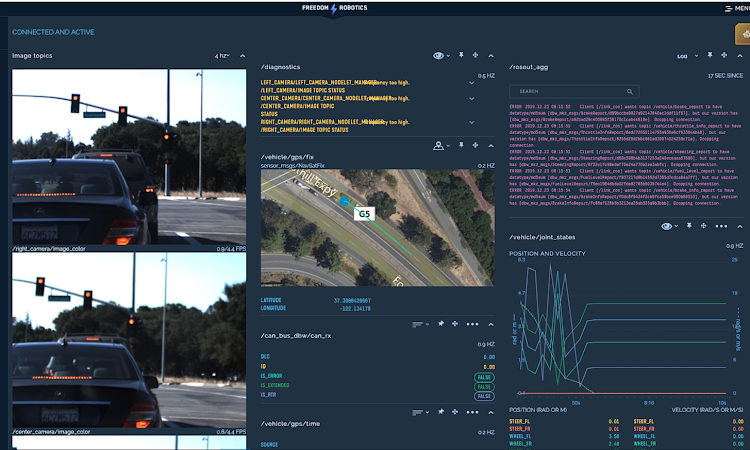A few weeks ago, I keynoted the RIA Autonomous Mobile Robot (AMR) Conference, where I walked through a set of customer stories from Freedom Robotics' largest customer deployments, discussing the gaps and blockers which are holding back the manufacturing and logistics industries from significantly increasing the automation and lowering cost for moving things using robots.
In this talk, which you can watch here, I laid out the 6 key blockers I have seen repeatedly and the steps our team at Freedom has taken to enable these companies to massively increase their efficiency and overcome the current chasm of robot deployments today.
Save $1M per robot you buy
Through a set of our customer's calculations, over the 10 years after a mobile robot is deployed, they save at least $1-1.5M through lowered labor cost and higher efficiency. The numbers add up at scale...
But... there is a huge gap in ability to follow through
Almost every large manufacturing company is assessing and creating a plan to use robots in the next 5 years in larger ways. But, only 1-5% of tasks which robots can do today are automated (Gartner) and just 11% of companies which automate a part of their company with robots succeed at automating a second part (BCG).
Today, robots can easily do 20x more jobs than they are installed at.
The Chasm: 6 Key Blockers for AMRs
- Non-scalable Deployments
- Unsharable Tribal Robot Knowledge
- Missing Tools for Humans
- Brittle Robot coordination
- Unquantifiable ROI
- Lack of Continuous Improvement
I would suggest listening to the talk, where I unwind each of these. We have see both exciting advancements but also painful examples of very large companies becoming stalled internally by each of these, which has cost them $B's in efficiency.
Reflections - Cross the Chasm
If you have read
Geoffery Moore's "Crossing the Chasm", you have heard the argument that all technologies go through an adoption chasm. Autonomous robots are sitting in this chasm today. The tech nology is robust, the use cases are well proven, but it still feels like cell phones in the early 90's. You knew someone who had one, but most people never used one themselves.
It took 17 years after Cell Phone networks launched successfully for normal people to buy one as a standard technical product.
Robots, and AMRs in specific, need to have subtle improvements to the ecosystem, support, training and other system. Once the world has rolled these out, I am very bullish on even faster adoption.
As robots become more mainstream, the secondary systems which have made Cloud, Mobile and other technologies flourish are coming online. For the companies which embrace and push for a repeated cycle of measurement, continuous improvement and designing systems which are meant to scale, they will do very well in the next decade.







